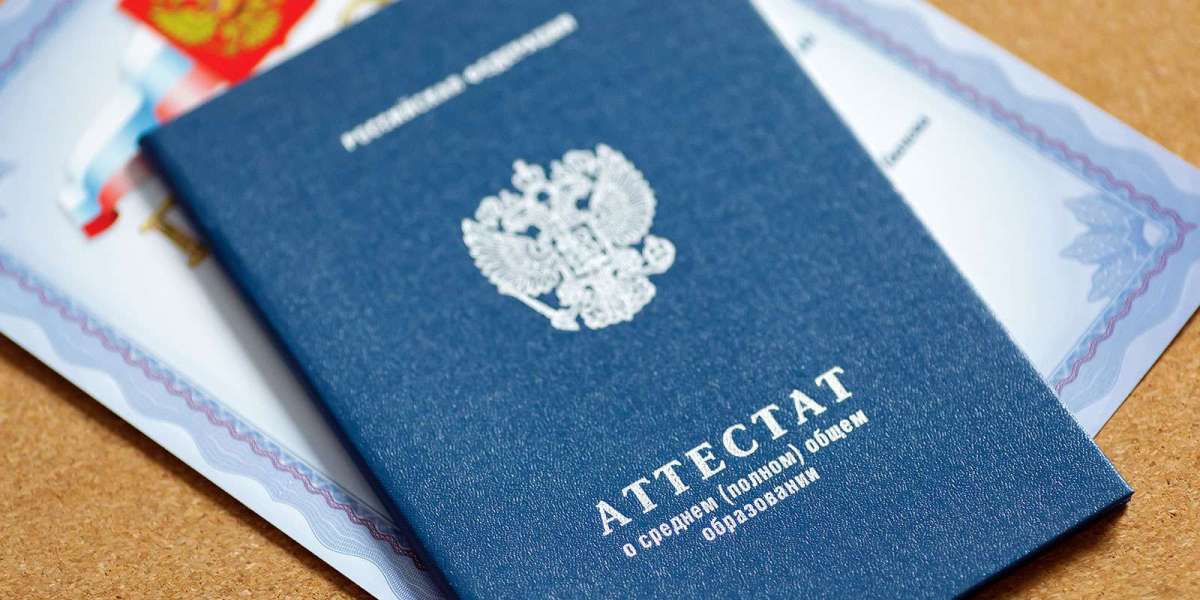Offering a seamless and user-friendly experience, N26 has set a high standard in the fintech industry. If you’re considering building a mobile banking app similar to N26, understanding the costs involved is crucial. This article explores the key factors influencing the cost to develop an app like N26 and provides insights into how you can budget for this ambitious project.
1. Understanding N26: A Benchmark in Mobile Banking
Before delving into the cost details, it’s important to understand what makes N26 a standout mobile banking app. Launched in 2013, N26 offers a range of features, including:
- Account Management: Users can manage their accounts, track spending, and set savings goals.
- International Transfers: N26 supports multi-currency accounts and international money transfers.
- Real-Time Notifications: Users receive instant notifications for all transactions.
- Security Features: N26 includes advanced security features such as biometric authentication and real-time fraud detection.
- Integration with Third-Party Services: The app integrates with various financial services, providing users with a comprehensive banking experience.
These features make N26 a comprehensive mobile banking solution, but they also contribute to the complexity and cost of developing a similar app.
2. Key Factors Influencing the Cost to Develop an App Like N26
The cost to develop an app like N26 depends on several factors, each of which can significantly impact the overall budget. Here are the main factors to consider:
a. App Features and Functionalities
The features and functionalities of your app are the primary drivers of development costs. A basic mobile banking app may include features like account management, transaction history, and balance checks. However, to compete with apps like N26, you’ll need to incorporate advanced features such as:
- Instant Payment Notifications
- Multi-Currency Support
- Personal Finance Management Tools
- Real-Time Fraud Detection
- Biometric Authentication
- Integration with Third-Party Financial Services
The complexity of these features requires extensive development work, which increases costs. For example, implementing multi-currency support and international transfers involves complex backend systems and integration with multiple payment gateways, adding to the development timeline and budget.
b. Design and User Experience (UX)
The design and user experience of your app play a crucial role in attracting and retaining users. N26 is known for its sleek, modern design and intuitive interface. Achieving a similar level of UX requires:
- Custom UI/UX Design: Tailoring the design to provide a seamless and visually appealing user experience.
- Prototyping and User Testing: Ensuring the design meets user expectations and is easy to navigate.
- Responsive Design: Making sure the app works smoothly on various devices and screen sizes.
Investing in a high-quality design team to create a custom UI/UX can significantly increase the development cost, but it’s essential for creating a competitive app.
c. Platform Compatibility
Deciding which platforms your app will support is another critical factor. N26 is available on both iOS and Android, which means you’ll need to develop the app for both platforms. Developing for multiple platforms can double the development efforts, as each platform has its own set of requirements, design guidelines, and programming languages.
To save costs, some developers opt for cross-platform development using frameworks like React Native or Flutter. However, while this approach can reduce development time and costs, it may compromise the app’s performance and user experience compared to native development.
d. Backend Infrastructure
A robust backend infrastructure is necessary to support the app’s features, handle user data, and ensure seamless performance. For an app like N26, the backend should include:
- Database Management: Storing and managing user data securely.
- API Integration: Connecting the app with third-party services like payment gateways, credit bureaus, and financial institutions.
- Scalability: Ensuring the app can handle an increasing number of users and transactions without compromising performance.
- Security Protocols: Implementing encryption, firewalls, and other security measures to protect sensitive user data.
The complexity and scale of the backend infrastructure directly affect development costs. Building a secure and scalable backend for a fintech app is a significant investment but essential for the app’s long-term success.
e. Compliance and Security
Mobile banking apps must comply with various regulatory standards and security requirements to protect user data and prevent fraud. Compliance with regulations such as GDPR (General Data Protection Regulation) and PCI DSS (Payment Card Industry Data Security Standard) is mandatory for any app handling financial transactions.
Customizing your app to meet these compliance requirements involves additional development work, including:
- Data Encryption: Ensuring all data transmitted between the app and the server is encrypted.
- User Authentication: Implementing multi-factor authentication, biometric verification, and other security measures.
- Audit Trails: Creating logs to track user activities and transactions for compliance purposes.
These security and compliance measures add to the development cost but are necessary to build user trust and avoid legal issues.
f. Third-Party Integrations
N26 integrates with various third-party services to offer features like international transfers, insurance products, and financial planning tools. Integrating these services into your app requires additional development work, including:
- API Development and Integration: Connecting your app with third-party APIs.
- Data Synchronization: Ensuring data is accurately exchanged between the app and external services.
- Custom Development: Adapting third-party services to fit your app’s unique requirements.
The number and complexity of third-party integrations directly impact the development cost. However, these integrations can greatly enhance your app’s functionality and user appeal.
3. Estimated Cost to Develop an App Like N26
Given the factors mentioned above, the cost to develop an app like N26 can vary widely depending on your specific requirements. Here’s a rough breakdown of the estimated costs:
- Basic Mobile Banking App: $50,000 - $100,000
- Intermediate App with Advanced Features: $100,000 - $300,000
- Full-Fledged N26-Like App: $300,000 - $600,000+
These estimates include development, design, testing, and deployment costs. Keep in mind that ongoing maintenance, updates, and scaling will also require additional investment.
4. Ways to Optimize Development Costs
While building a mobile banking app like N26 is a significant investment, there are ways to optimize costs without compromising quality:
- Prioritize Features: Focus on the most important features that will differentiate your app in the market. You can add additional features in future updates.
- Use Agile Development: Develop the app in phases, allowing you to manage costs and make adjustments based on user feedback.
- Leverage Existing Solutions: Consider using pre-built frameworks, APIs, and SDKs (Software Development Kits) to reduce development time and costs.
- Outsource Development: Partner with a skilled development team that has experience in building fintech apps. Outsourcing can often be more cost-effective than hiring an in-house team.
Conclusion
Building a mobile banking app like N26 is a complex and costly endeavor, but with careful planning and strategic decision-making, you can create a competitive product that meets your business goals. Understanding the key factors that influence the cost to develop an app like N26 allows you to budget effectively and make informed decisions throughout the development process. Whether you’re a startup or an established financial institution, investing in a high-quality mobile banking app can set you apart in the rapidly evolving fintech landscape.







